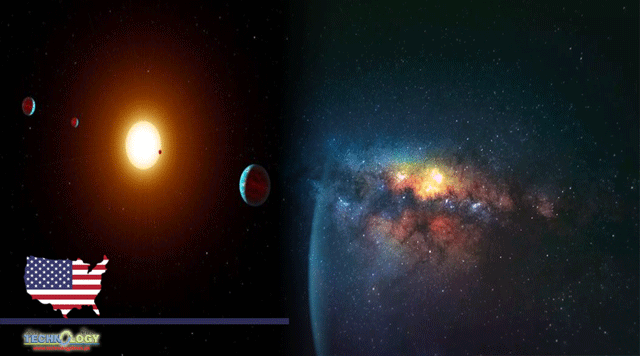The American space agency NASA says it has used a new technology method to help confirm the existence of 301 new exoplanets. Exoplanets are difficult for telescopes to identify. One reason is that the bright light of the stars they orbit can hide them. The search process can involve looking for decreases in the light level of stars.

NASA has used two space telescopes to confirm thousands of exoplanets.
NASA launched TESS in April 2018 to build on Kepler’s observations. TESS continues to operate today.
NASA new exoplanets
NASA’s confirmations of the 301 new exoplanets were based on data collected by the Kepler space telescope. The data was processed through a machine learning system called ExoMiner.
Machine learning systems are a form of artificial intelligence (AI). They are trained to learn a task over time by being fed huge amounts of data.
The agency’s space telescopes collect data on thousands of stars.\
Jon Jenkins is an exoplanet scientist at NASA’s Ames Research Center in California. He said in a statement that ExoMiner offers big improvements over other machine learning programs used to identify exoplanets in the past.
The main reason for this, Jenkins said, is that the new system permits scientists to easily confirm ExoMiner’s findings.
“There is no mystery as to why it decides something is a planet or not,” he said. “We can easily explain which features in the data lead ExoMiner to reject or confirm a planet.”
The paper explains that ExoMiner discovered the 301 exoplanets from a list of candidates based on data from the Kepler space telescope.
He is the ExoMiner project lead and oversees machine learning operations at the Universities Space Research Association at the Ames center.
Valizadegan added that the system is “in some ways more reliable” than both existing machine learning methods as well as human experts. He said one reason for this is that ExoMiner is free of “biases” that can affect human identification operations.
The NASA team said it plans to build on ExoMiner’s success by expanding the system. The goal would be to include data from TESS and future telescopes that aim to discover new exoplanets.